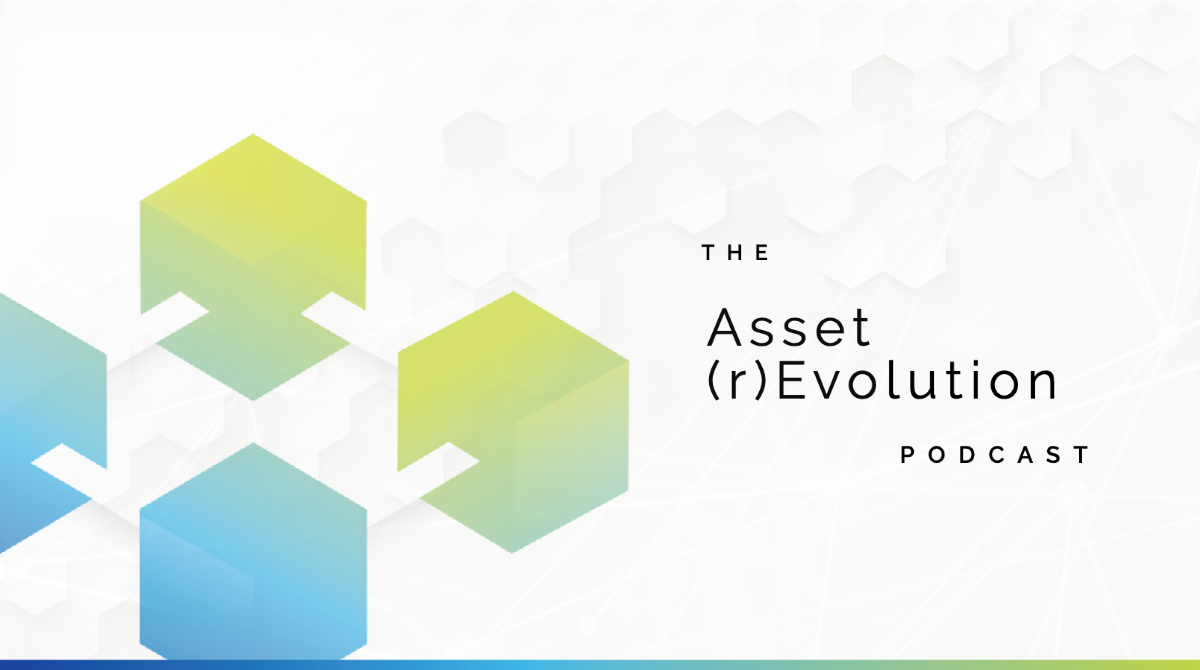Examining the Fear Landscape for Investors and Professionals
In this first article in a two-part series, we’ll examine the concept of digital asset fear as it relates to investors in the current landscape and to professionals wondering what regulators have in store.
“I must not fear… Fear is the mind-killer…”
These are the opening lines to the fear mantra in the book Dune by Frank Herbert, and it’s a great opener to the topic I want to address below. Why? Well, fear manifests in many ways and it affects investors, speculators, and compliance officers alike.
Fear compels people to take risks they shouldn’t because they fear missing out. (Yes, to FOMO!) This type of fear is evident from some of the bad acting digital asset organizations in 2022. Internally, these businesses raced to stay ahead of the competition and attract new money with lax due diligence processes and leverage while others were potentially committing fraud. They were driven by internal and external speculators, which were in turn driven by extreme price action on digital assets. These businesses probably started out on the right side of the ledger – but they veered way off course.

Digital Assets in 2022: Picking Through the Wreckage
The digital asset wreckage from 2022 impacts public perceptions and drives policymakers and regulators to act. I understand that bad people, a la Bernie Madoff and potentially SBF (innocent until proven guilty, even if the court of public opinion has already decided), should be punished. People need to be held accountable for their fraudulent actions. They need to be kept away from markets, so they don’t harm more people. And, when they go behind bars, it acts as a deterrent.
The CCO Perspective: Digital Asset Fear Comes at Us from Different Avenues
I had a good 10-12 years in the financial services sector before I veered into the compliance realm. The first compliance-centered conference I attended was remarkable and had a noticeably different feel than other industry events. It was fear! Compliance, it seemed, meant fearing regulators. The selling point of the event and many of the breakout sessions was that if you don’t do this – if you don’t file this form, tick this box, or do things this way – you could be fined or worse.
But what about the actual regulations? The next steps and posture towards digital assets from the SEC, CFTC, OCC, FATF, U.S. Treasury, the Fed and various other agencies will impact the future of this industry dramatically. Digital assets and blockchain technology have the potential to exponentially improve efficiencies while creating new, albeit risky, investing opportunities. There is growing concern in the digital asset industry – growing fear – that regulators will have a chilling effect. The U.S. has long been a hotbed of innovation, leading the world in web 1 and 2, creating massive technological extractors of value from Apple, Google, Amazon, etc. and sending the NASDAQ and other markets on a near-decade-long bull market. Some parts of the world are sensing an opportunity and if the U.S. is going to slow down adoption of digital assets and web 3, they will happily step into the void.

What Comes Next?
Regardless of what you think of Ayn Rand’s epic book Atlas Shrugged, there is a dialogue that culminates with Dr. Floyd Ferris spelling out a trap to Mr. Hank Reardon:
“The only power government has is the power to crack down on criminals. Well, when there aren’t enough criminals, one makes them. One declares so many things to be a crime that it becomes impossible for men to live without breaking laws.”
A few lines later:
“… just pass the kind of laws that can neither be observed nor enforced nor objectively interpreted – and you create a nation of lawbreakers…”
If the current powers that be want to protect the legacy financial and power institutions, then the above scene will get us there.
If empowering new segments of the population that have historically been cut off from large swaths of the economy is the goal and creating new assets that live natively online – then regulators and policy makers need to embrace good-faith organizations driving blockchain technology, smart contracts and AI. It won’t be easy, but the right path never is.
Stay tuned for Part 2 in this series, which will focus on hope.





